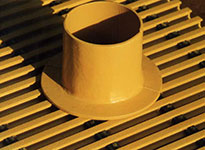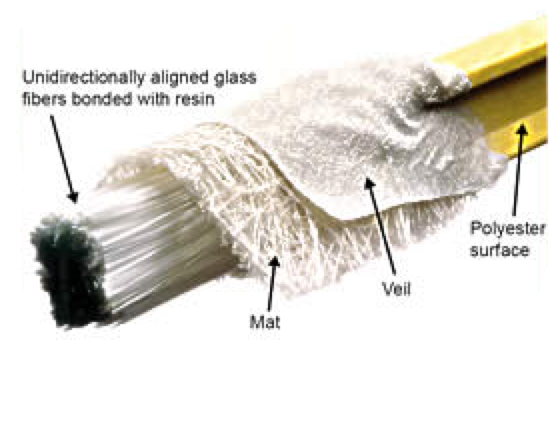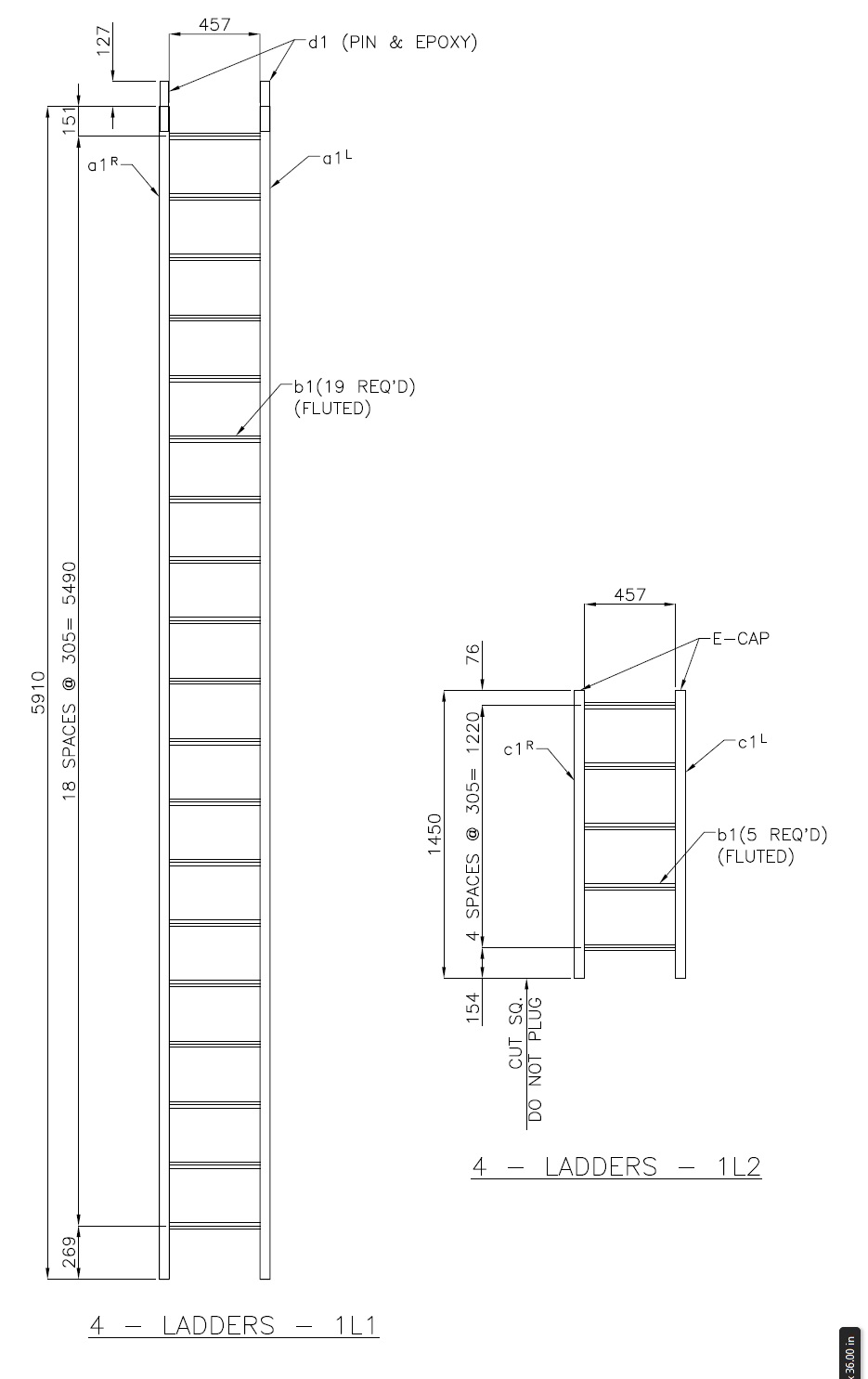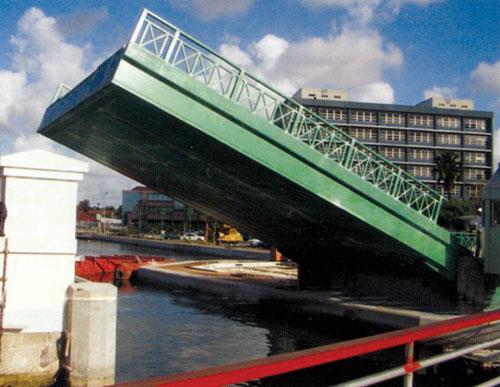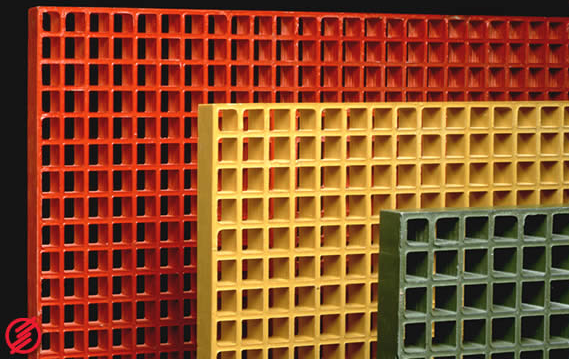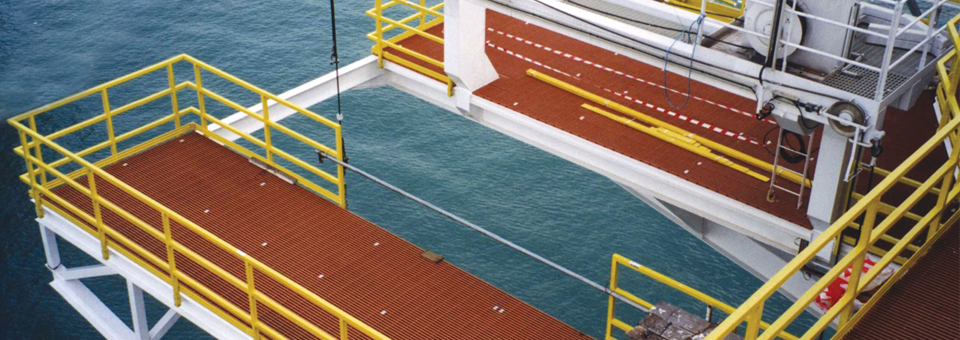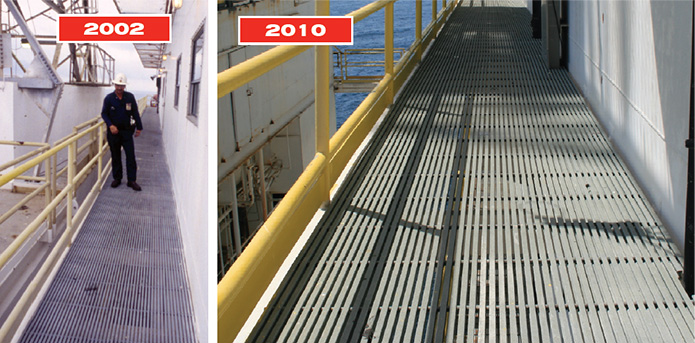Fabricating Redco FRP
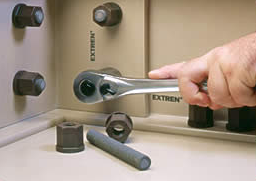
Sometimes plastics such as fiberglass reinforced plastic (FRP) come off as ‘exotic’ materials and people believe they’re difficult to work with and fabricate themselves. Truth is, for most plastics, including FRP, fabrication is easy and relatively straight forward. FRP, like wood, can be sawed, drilled and in certain cases, sanded. But you do need to realize that you are dealing with a product that is essentially glass contained within a plastic resin. Glass is extremely abrasive so diamond or carbide tipped blades and drill bits are a must. Also, you need to realize that FRP fabrication is going to produce a lot of dust so a mask is critical but so is working in a space that is either easy to clean or using some sort of apparatus to suck the dust away as you work (even then, expect some dust to get airborne and spread).
Also important is to recognize that when you cut into FRP you lose the protection that the plastic resin supplies. Those properties such as corrosion-resistance or being impermeable to moisture are lost. For example, cutting into Redco grating the “fingers” that are exposed are susceptible now to the elements. Many of our branches carry sealant if we perform fabrication work on the product but in case you’re wishing to purchase some for yourself “Toolmates Insulating Epoxy Coating” is what we use. Lastly, there is the topic of “sanding”. Sanding should not be done on FRP under most circumstances because, like cutting into it, you wear away the protective resin and make the product vulnerable. The exception to this, where you do want to sand is on the Redco EXTREN product line, particularly when fastening I-beam type products together. In these situations the ideal bond is both mechanical and chemical where the I-beam is sanded on the spots where the 45 degree FRP angle will be attached. A bonding agent is then applied to the sanded part of the I-beam and the angle is pressed against it. A bolt is then passed through a pre-drilled hole through the angle and the EXTREN securing the angle to the beam.
We hope that sheds some light on what is involved in FRP fabrication. If you have more questions feel free to contact Redwood Plastics.


